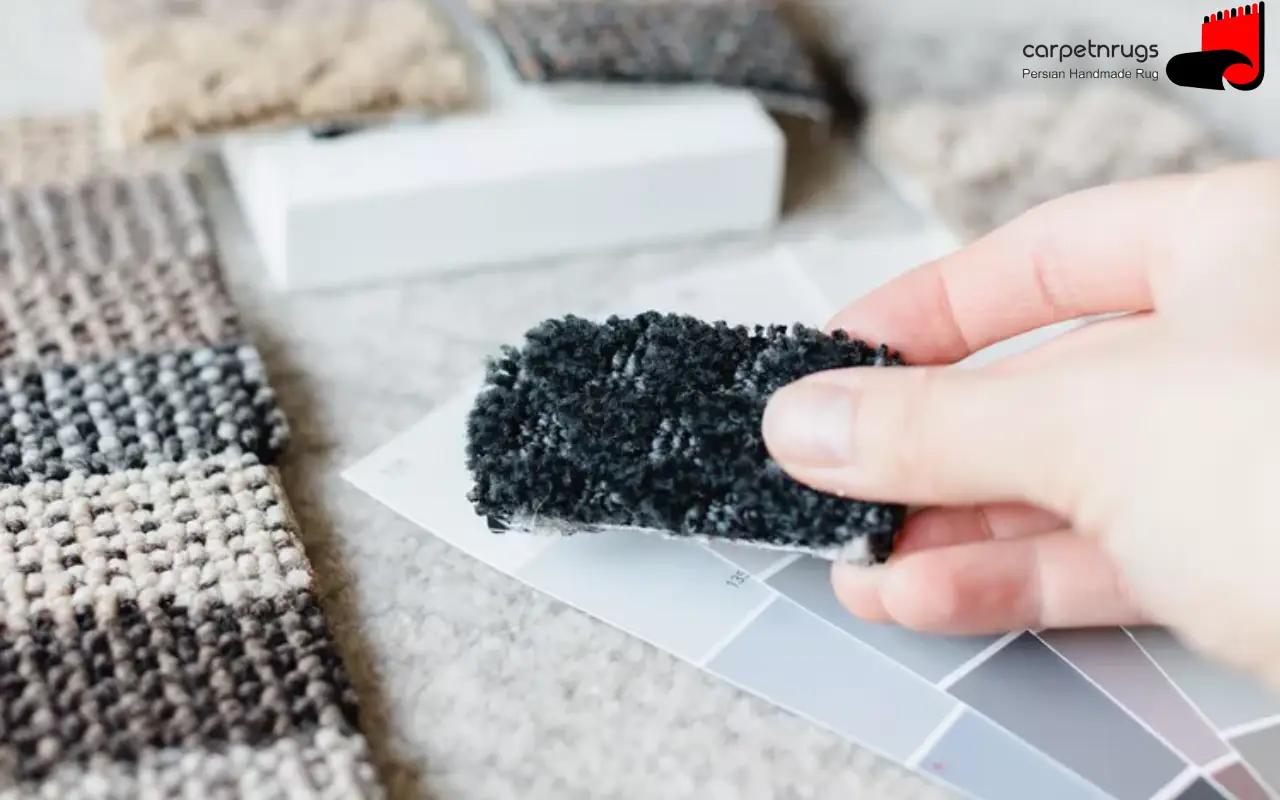
Special sale of carpet
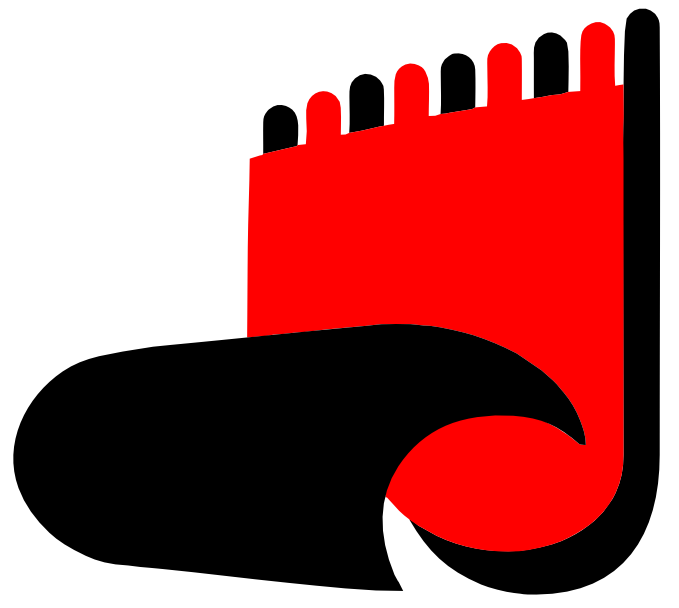
carpetnrugs
Persuan Handmade Rugs
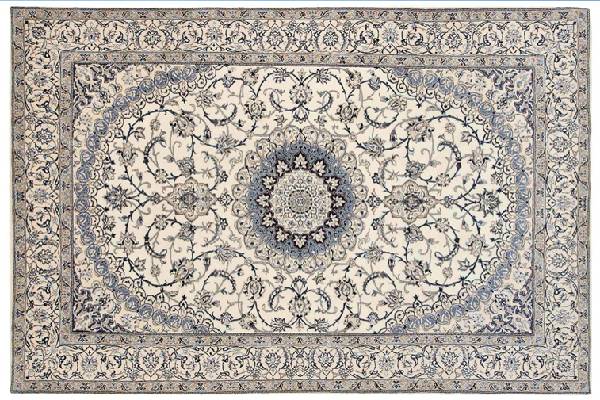
The city of Nain is located in the southern margin of the central desert, 145 kilometers east of Isfahan. Nain city is located on the slopes of Soroush and Mohammadieh Zardkouh heights on the western edge of the desert and is located in the southeast of Isfahan. Nain city consists of three parts of Nain city and suburbs, Anark, Khor and Biabank, which includes 13 parts and 830 villages.
Nain is a small ancient city located on the edge of the central desert of Iran. The formation of the city of Nain is attributed to the ancient era of Iran and the Achaemenid era, and at that time this city was considered part of the Persian territory.
Some have considered the name of Nain to be “reed” because a plant called “reed” grows next to the swamp. In Nazarene history, Nain was the name of one of the sons of Noah (Nain ibn Noah). Some believe that the name Nain is associated with the origin and history of this city, as the Jews moved to the eastern lands after being freed from Babylon by Cyrus. They built this city in memory of their homeland (which was called Nain or Nain) and called it by this name.
The city of Nain has been considered one of the most famous and important areas in Iran’s textile industry since the distant past. Due to the presence of cotton in the region, the production of cotton fabrics such as kerbas and motagal has a long history, and zilo weaving, carpet weaving, financial felt and leaf weaving have been common occupations in the region. The most famous product of Nain, at least in the last century, has been exquisite woolen fabrics, especially woolen robes, which are produced in special workshops in the suburbs of Nain.
Most of the Aba weaving machines in Mohammadieh village are in underground workshops, which date back to hundreds of years ago. These old workshops are wonderfully created under low hills. With the growth of the textile industry in the last century, which caused the stagnation of traditional productions such as Kerman shawls and Kashan velvet and silk fabrics, Nain’s robes also fell after a boom, and it was at this time that carpet weaving was formed in Nain and textile artisans Weavers weaved carpets with great delicacy.

Carpet weaving has been common in Nain and its surrounding areas such as Varzane, Kohpayeh, Khor, and Bibank, and especially Todeshk, since long ago. In 1302, Mirza Jalal Khan Naini (Pirzad) established a school at his own expense, so that some male students who could not continue their education after obtaining the primary school diploma could start weaving carpets. For this, he assigned two carpet weaving masters Naini (Mirza Hossein and Mirza Javad Sajjadi) who had learned carpet weaving in Isfahan to teach the students.
At the same time, Mirza Ali Mohammad, the son of Mirza Yusuf Khan, known as a teacher who used to teach in Arak and also learned all the carpet weaving there, including designing and drawing and weaving carpets, entered Nain with his wife. This lady is dedicated to the education of girls.
In terms of the history of carpet weaving, the date of the beginning and peak of hand-woven carpet activity in Nain coincides with the prosperity and glory of Iranian carpet weaving in the beginning of this century. In this period, after the relative stagnation of the activities of foreign companies during the First World War, some Iranian businessmen and companies began to operate.
The establishment of the carpet department in 1309 AH and the school of old crafts in 1311 AH and the establishment of the carpet company in 1314 AH indicate the importance of the prosperity of the carpet weaving profession at that time. With the start of the Second World War and the recession of the international carpet markets, Aba Bafi flourished again in Nain.
From the producers of the early periods of Nain carpet, we know the name of the Habibian brothers (Haj Mahmood and Haj Fethullah) more than any other, and this name is still valid for this carpet.
Master Fatah Allah Habibian, Mofidi brothers, Haj Reza Qanbari and Jalal Band Ali, Burhani, Pahlavan Safa, Hamid Khamsi, Hamid Mohammadi are among the most important contemporary producers and traders of Nain carpets.
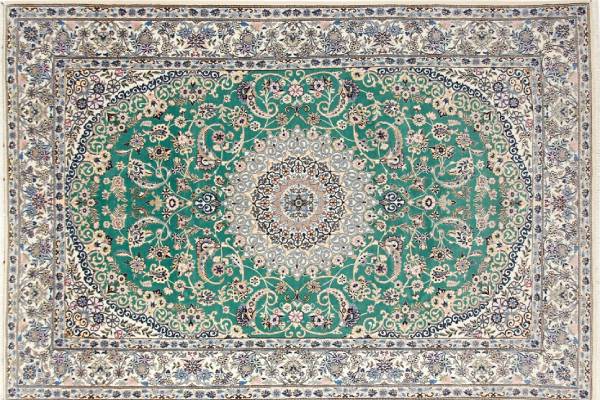
Nain carpets are woven in different regions of Iran. Apart from the entire area of Nain city and the bordering cities far or near such as Tabas, Kashmar, Semnan, Khorasan, Isfahan and its suburbs, under the influence of the success and fame of Nain carpet, they started producing this carpet, and when this carpet from The city of Nain moves towards Tabas, Kashmir and Sabzevar.
The coloring characteristics of Nain carpets, to which it owes most of its fame, is the light and matte color background, which, together with the elegance and accuracy of the texture, gives a wonderful calmness to the dense motifs full of traditional twists. If we consider this quality as one of the main reasons for the influence of Nain carpets in the world markets, it may be a psychological interpretation that the beautiful, relaxing and dreamy colors of Nain carpets are somehow effective in moderating the exhausting emotions of today’s life.
Due to the fact that the Nain carpet lacks history or at least documentary evidence to justify the reasons for this type of coloring, this quality can be attributed to the nostalgic peace that can be felt in the atmosphere of this small town.
From the distant past, the wool creams of Nain carpets have been supplied with natural dyes. Luster and stability, the special effects of natural colors on eye threads have affected the quality and softness of Nain carpets to be an effective factor for the fame of Nain carpets. Nain carpets are mainly woven with cream, lacquer and navy colors. One of the important and unique features of Nain carpet is the use of muted, gray and so-called bitter colors.
The number of colors used in Nain carpet is 11 main colors and 4 secondary colors as follows:
Main colors: Cream, pea, light khaki, garlic khaki, brown, burgundy, indigo, oil blue, garlic blue (ocean), light blue (sky), lacquered red, elephant (mouse)
Secondary colors: Jade, mashi, green, pink
One of the important features of the woven carpet is its pea-colored border. In the situation where there is a pea border, the dominant color of the background and text is cream or lacquered red, and in some cases, navy blue.
Nain’s light and gray colors are derived from the colors of the nature of the central desert of Iran, from the dust that flows in the air and atmosphere of the desert and can be seen on the faces of the people of the desert.
This color is the color of purity, the color of peace, mysticism and colorless, the kind of color that Molavi remembers with regret:
Because the colorless became the captive of color, Musa was at war with Musa
Or Attar sees it (color) as a symbol of carnal airs and the splendor of the world:
There were loves because of color, there was no love, the end was shame
According to interior architects, Nain carpets are known to be very suitable and harmonious for arranging a classical space due to the classical patterns and special visual features it has. Therefore, Nain carpets have been spread in many official and ceremonial government halls, especially in hotels and even palaces and luxurious homes in many regions of the world.
The main designs used in Nain carpets are all kinds of classic designs such as Shah Abbasi Lakh Taranj, Afshan using various combinations of slimi and khatai, dome designs, haj khanami, tree types, frames, mahrams, mihrabi. , types of designs (deer antlers and armbands), transgressive, afshan, kume-e gar and gir, historical buildings and consolidated designs.
Some whispers in recent years about the monotony of Nain carpets made the manufacturers of this carpet to create some innovations and use more diverse motifs, the use of different types of flowers and leaves known as farang flowers, especially in The text of the carpet, the texture of the carpet in various dimensions and shapes such as sides, circles, hexagons, octagons and squares were among the actions that took place during the last two decades.
Nain carpets are famous in the world markets due to the remarkable quality of their texture, and the demand for this type of beautiful carpets is very high. The wool used in this type of carpets is fine and its high percentage is a type of wool called fluff.
Nain carpet skeins are of fine cotton thread, which are considered to be one of the most famous and special features of Nain carpet weaving. All of Nain’s carpets are of the four-layer, six-layer and nine-layer types; And 20 grade cotton thread is used for it. In addition, in order to create resistance in the piles, just consider that there are 3 la round. They wash them with water.
The method of weaving high-density Nain carpets on ultra-fine cotton skeins is known to be very complicated and difficult according to experts and experts in carpet weaving.
Nain carpets have many variations in the texture and densities of the motifs. The standard of the elegance of the carpet varies from the 9-la Nain, 6-la Nain, and 4-la Nain types. Carpet experts use a term to determine the elegance of this city’s carpets, which is common only for the textures of this city, and that is Nayin Shesh La and Nayin Neh La.
The knot density of Nain carpets usually starts from 3600 to 4700 knots per square meter or 235 to 300 knots per square inch (40 rows to 45 rows in Nain 9la carpets). In high density carpets, the number of knots increases to 8400 to 11500 knots per square meter or 530 to 715 knots per square inch (60 to 70 rows in Nain 6la carpets). Also, in more exquisite weaves, the density of knots of ultra-fine Nain carpets is 40,000 knots per decimeter square or 2,500 knots per square inch (80 to 120 rows in 4la and 3la Nain carpets).
The knot used in Nain carpets is asymmetric (Persian) and single-weave, and after tying the knots in each row of weaving, two cotton wefts are passed between the knots based on the weaving mechanism of Nain carpets. fornication
Nayin carpet with Persian knot is usually woven as 6 layers or 9 layers and one or two layers. Generally, a 6-layer and one-layer carpet is considered to be finely woven and of high quality, and a 9-layer and two-layer carpet is considered to be delicate and of low quality. Currently, most of Nain’s productions are of the second type and in the form of double-sided and 9-sided, and the first type accounts for only 20% of the products.
The image below shows the comparison of the types of nodes. Part (d) in this image is the asymmetric single knot and the most important knot in the Nain carpet, and the other three knots (double knots, plain weave and bow) are fake knots, which are the result of moving the place of production.
Identifying these knots, due to the same arc they show from the back of the carpet, is facing a problem due to the decrease in demand, and this has led to the entry of a large number of carpets with fake knots into the market and has finally resulted.
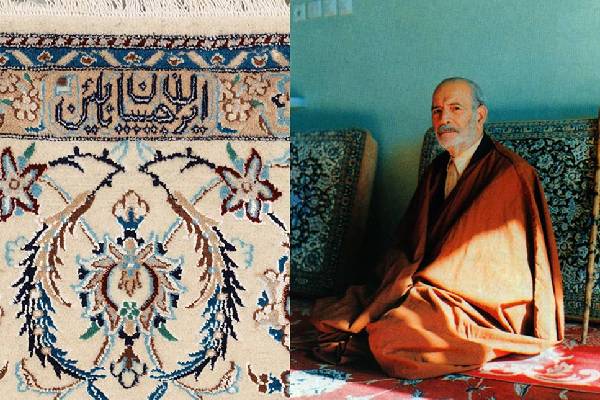
Carpets are woven in Nain in various sizes. This is a remarkable feature of Nain carpet, which is woven in sizes ranging from 100 meters to 400 meters and sometimes 1000 meters. Also, there are more types of circular and oval and polygonal carpets in Nain carpets than in other carpet weaving areas of Iran.
Despite the fact that the historical history of carpet weaving in Nain is less than its neighboring regions such as Kashan, Isfahan, and Yazd, and Jenin is one of the advantages of extensive design and numerous famous designers, such as what is seen in Isfahan, Kashan, and Tabriz. but the producers and designers of Nain carpets have shown the most beautiful uses and reproductions of Zaij designs in other carpet weaving areas on their carpets.
Also, in order to make carpets more attractive for the domestic and foreign markets and to avoid repetition and monotony, Nain producers have made more diverse products by creating some innovations and using new patterns. Side, hexagon and octagon circle are also common. In most of these carpets, the elegance and richness of the pen of Naini designers have guaranteed the special spirit and identity of Naini carpet weaving.
The great designers of Nain carpets
But Allah Shari is one of the artists who owns the pen and the name of Farsh Nain. He was born in 1317 and graduated from the school of Ahmad Archang Bhare.
Reza Yusefpour is one of the famous designers of Nain carpets, his designs are woven in the production workshops of Nafis Jabibian carpets.
Fataj Allah Jabibian was one of the elders of the local tribe who lived to be 93 years old. He was a self-made, creative and artistic man. He was the designer of some of the most famous Nain carpet designs. He offered round and big bergamot in Nain’s carpet.
It is said that Habiban started his professional design because of his need for a carpet map. Habibian says: “As always, the most beautiful things come about by chance. I have been waiting for a long time for an Isfahani master to come and draw a map for me, but he did not come. And I decided to do the work myself, I tried to draw a design and weave a carpet from it, and I sold it in the Isfahan market for 100 tomans.
Other prominent designers of Nain carpets include Reza Yusefpour, Haj Hassan Naqash (Hassan Tahani), Jahan Mofidi and Ali Mahmoudian.
1- The use of more harmonious gray colors in the range of cold gray colors (bitter)
2- Round bergamot
3- The dominant color in the text is cream and in the khaki margin, but lacquer colors are used in navy blue.
4- One of the exclusive features of the Nain carpet is the use of silk, white flowers in the pollen of flowers, branches and leaves.
5- Type of Persian weave (continuous root head, carpet rug, connected shirazeh, irregular carpet back)
6- Nain skeins of cotton and their fluff are wool and silk
7- The criteria for buying and selling Nain carpets is the number of piles
8- Being influenced by Isfahan and combining it with the ethnic spirit (introversion and lack of manifestation)
9- Less use of animal and human motifs in the carpet
10- Finding original designs and combining them with each other
11- Dominant designs of Nayin, Lachk Taranj, Qab Qabi, Vase, Tree, Joshqani, Kumei Garfat and Ghir, Islamic buildings are seen in Nain’s designs by using the combinations of Sulimif Khatai and Shah Abbasi.
